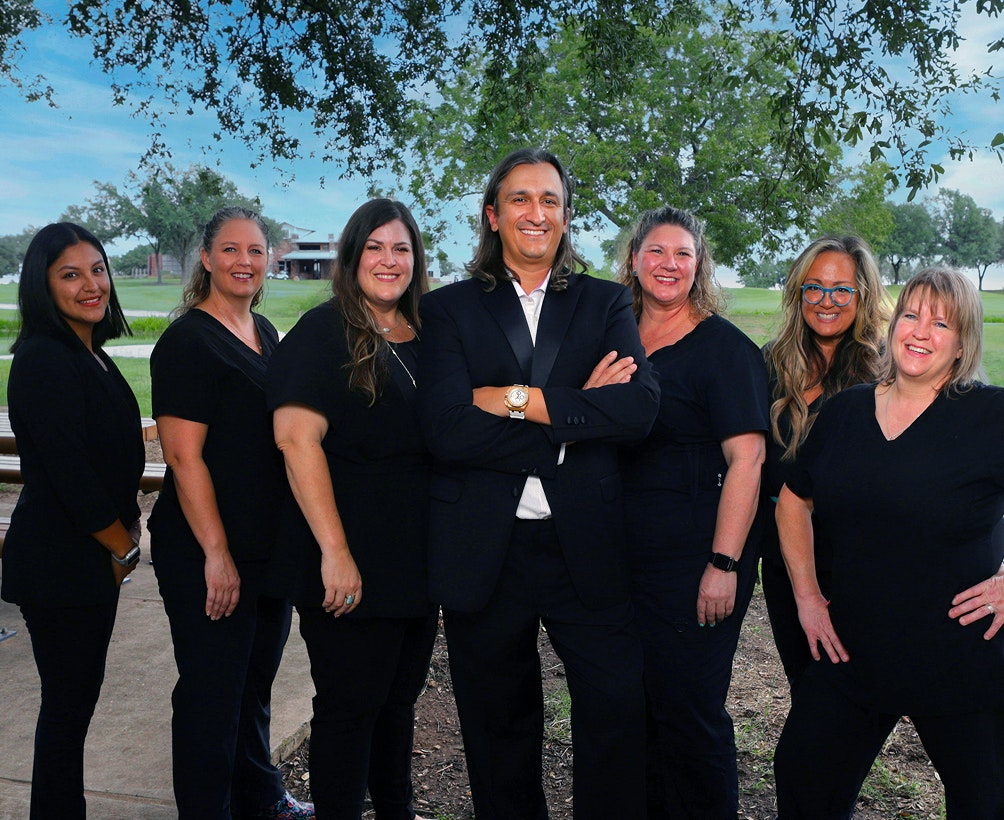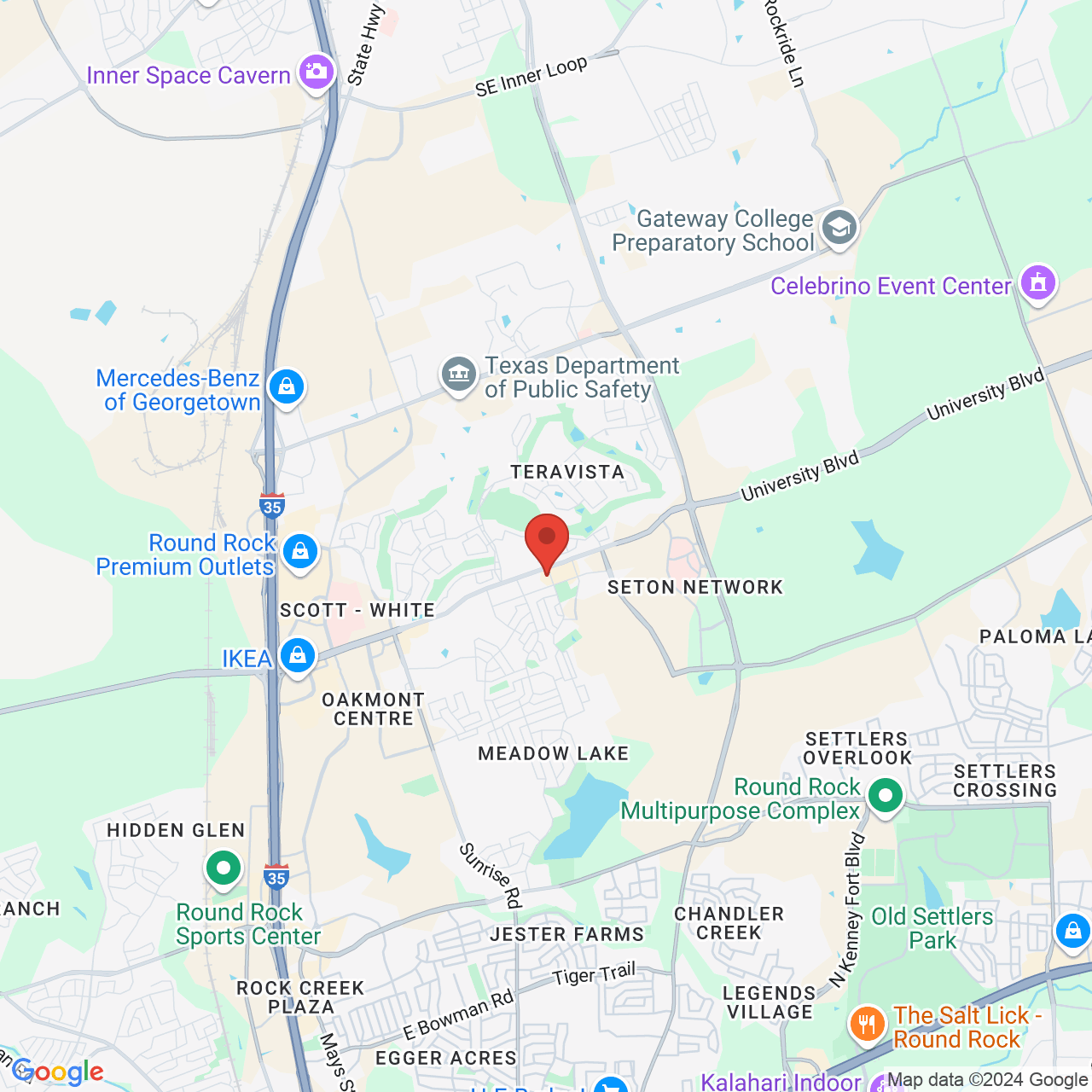What is a Sinus Lift?
 It can seem like fillings, root canal therapy and orthodontic solutions get all of the attention in the dental world. The truth is that there are a number of procedures that dental patients can benefit from. It’s quite important to understand these procedures if the recommendation is that you should undergo it. What is a sinus lift?
It can seem like fillings, root canal therapy and orthodontic solutions get all of the attention in the dental world. The truth is that there are a number of procedures that dental patients can benefit from. It’s quite important to understand these procedures if the recommendation is that you should undergo it. What is a sinus lift?
One example of a procedure that is frequently overlooked is a sinus lift. The words may sound quite overwhelming and intimidating. However, the more you understand about the sinus lift procedure, the more comfortable you’ll feel about needing to undergo it.
WHAT IS A SINUS LIFT?
The idea of a sinus lift may sound and feel quite overwhelming. Particularly because it is likely one of the steps in the way of your getting dental implants. What does a sinus lift have to do with the dental implant?
Also known as a sinus augmentation, a sinus lift is a surgical procedure. During this procedure, bone is added to your upper jaw. The placement of the bone is between the premolars and the molars. This is also the area between the jaw and the maxillary sinuses that are located on each side of the nose.
In order to make space for the bone, the sinus membrane will need to be lifted, or moved upward. The sinus lift procedure is typically performed by a periodontist or an oral maxillofacial surgeon.
WHEN DO YOU NEED A SINUS LIFT?
The sinus lift procedure is essential when you cannot have your dental implants placed. This is typically due to lacking bone height on the upper jaw. It could also be that your sinuses are located too close to your jaw.
There are a number of reasons that might be contributing toward your loss of bone. Some of these could include the following.
- The maxillary sinus is located too close to your upper jaw. This is a condition patients are born with.
- Bone loss that results from advanced periodontal disease. This is quite common in those who have gum disease.
- The loss of molars, whether due to injury or advanced decay.
- The regression of bone, as a result of tooth loss. When a tooth is lost, the bone that once supported it will be reabsorbed by the jaw.
The increase in popularity of dental implants means that sinus lifts are also seeing a surge in popularity.
HOW TO PREP FOR SURGERY
There is little to do to prep for this surgical procedure. The most important thing that you will need to discuss with your dentist is to determine the bone graft source. There are three options available to patients.
- Autogenous bone, which is bone taken from your own body. It may be sourced from your mouth or your hip bone.
- Allogenic bone, which is donor bone sourced from cadavers. This is completely safe, and all precautions will be taken.
- Xenograft bone, which is bone sourced from a cow. This is also completely safe, and all safety protocols will be followed.
Your dentist may order X-rays or a CT scan, to better evaluate the height and width you have now. Sedation and anesthesia options will also be discussed.
If you are prescribed pain medications or antibiotics, try to get the prescriptions filled before the day of your surgery. Another consideration is who will be driving you home after the procedure.
HOW IS THE SURGERY PERFORMED?
On the day of your surgery, you’ll be asked not to eat for up to 12 hours prior to your procedure. Once you get into the office, you’ll be made comfortable. Sedation options that were previously discussed will be used, to make sure that you are completely at ease.
Once you are at ease, the procedure will begin. There are several techniques for this procedure. The one that is used on you will depend on factors unique to you.
- An incision will be made in your upper jaw, in order to access the sinus cavity
- The prepared bone graft will be placed below the sinus membrane
- The incision will be closed with sutures
And now the healing phase will begin. While you may be in a hurry to get your dental implants, it is often recommended that you wait until 3-12 months after the procedure. This will give your bone graft time to bond with your natural bone. The period of time between your surgical procedure and getting the implants can also depend on the size of the graft.
AFTER SURGERY CONSIDERATIONS
There are some things that you will need to be aware of, after your surgery. You may experience some discomfort and swelling in the area where the graft was inserted. Most patients experience just a bit of discomfort that can be controlled by over-the-counter pain medications. There may be some very light bleeding from your mouth or your nose, in the days right after surgery.
Be sure to avoid blowing your nose. If it’s allergy season, ask your dentist if you can take antihistamines to control sneezing. Sneezing and blowing your nose can both result in discomfort. You may also experience shifting in the bone graft material, and your stitches may loosen.
A saline spray can help to keep your nose from drying out. Other prescriptions may be given to you, to help with inflammation and discomfort.
For the first two postoperative nights, sleep with your head propped upright. Stay hydrated by drinking plenty of water.
You will have a scheduled follow up appointment within a week of your surgery. This will allow your surgeon to evaluated the progression of your healing, and also remove any remaining stitches.
RISKS OF A SINUS LIFT
The sinus lift procedure is considered to be exceptionally safe. That said, there are some risks to any type of surgical procedure. The primary risk you face is the potential for the sinus membrane being torn or ruptured. If this does occur, your surgeon will be able to patch it or stitch it.
There is the risk for infection with any type of surgery. It is rare to see an infection resulting from the sinus lift procedure, however. If you experience an increase in discomfort or swelling, contact your dentist’s office. Fever and bleeding that doesn’t subside in the course of a few days should also be cause for concern.
There is also the rare risk of the bone graft not integrating with your natural existing bone. In this case, your surgeon may opt to repeat the sinus lift.
The idea of a sinus lift can be overwhelming. The procedure itself is quite straightforward and routine. Be sure to ask any questions of your dentist, so you are completely informed as you move forward with the procedure. Contact us today to learn more.



